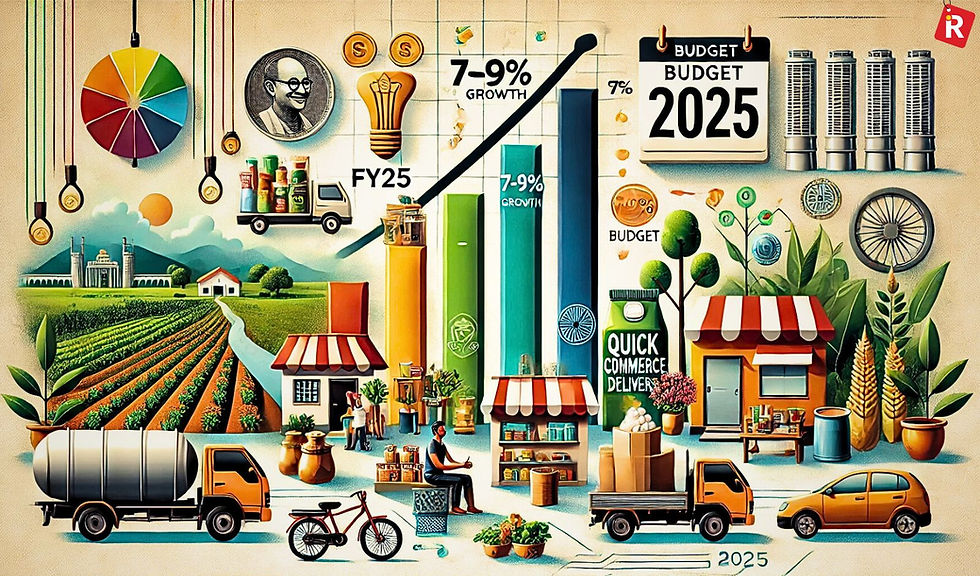Commodity Crunch: How Palm Oil, Coffee & Tea Inflation Squeezed Margins in FY25
- nvshah0610
- Jul 29
- 2 min read

In FY25, Hindustan Unilever (HUL) faced significant margin pressures due to persistent inflation in key commodity inputs, particularly palm oil, tea, and coffee. These raw materials are essential components in several of HUL’s leading product categories, including soaps, skincare, beverages, and packaged foods. Rising global prices and volatile supply chains pushed up input costs, forcing the company to strike a balance between protecting profitability and maintaining consumer affordability. As a result, while revenue grew marginally, the company’s operating margins experienced a modest decline during the year.
Palm oil, a core ingredient in personal care and hygiene products, saw substantial price fluctuations, especially in the first half of the fiscal year. HUL absorbed part of these costs to avoid frequent price hikes, which helped sustain volumes but impacted gross margins. Similarly, tea and coffee prices surged due to global production constraints and increased domestic demand. This affected HUL’s beverage segment, where competitive pricing and rural demand recovery were crucial to maintaining market share. The cost inflation in these categories proved difficult to fully pass on to consumers.
Despite these pressures, HUL continued its efforts to offset cost inflation through a combination of supply chain efficiencies, product mix improvement, and price pack architecture. The company focused on premiumisation and value-added offerings to protect margin quality. However, the benefits were partially offset by weak discretionary demand in urban areas and high marketing expenses. As a result, EBITDA margins for Q4 FY25 came in at around 23.1 percent, slightly lower than the previous year.
HUL’s management acknowledged the inflationary challenges during its quarterly earnings commentary and emphasized ongoing cost optimization and innovation to drive future growth. They highlighted that while rural markets showed signs of recovery, urban sentiment remained mixed, further complicating pricing decisions. The company plans to continue focusing on value delivery and brand strength while preparing for commodity cycles to stabilize. This approach is aimed at protecting long-term profitability while maintaining competitiveness in a sensitive price environment. Sources:HindustanFinances





Comments